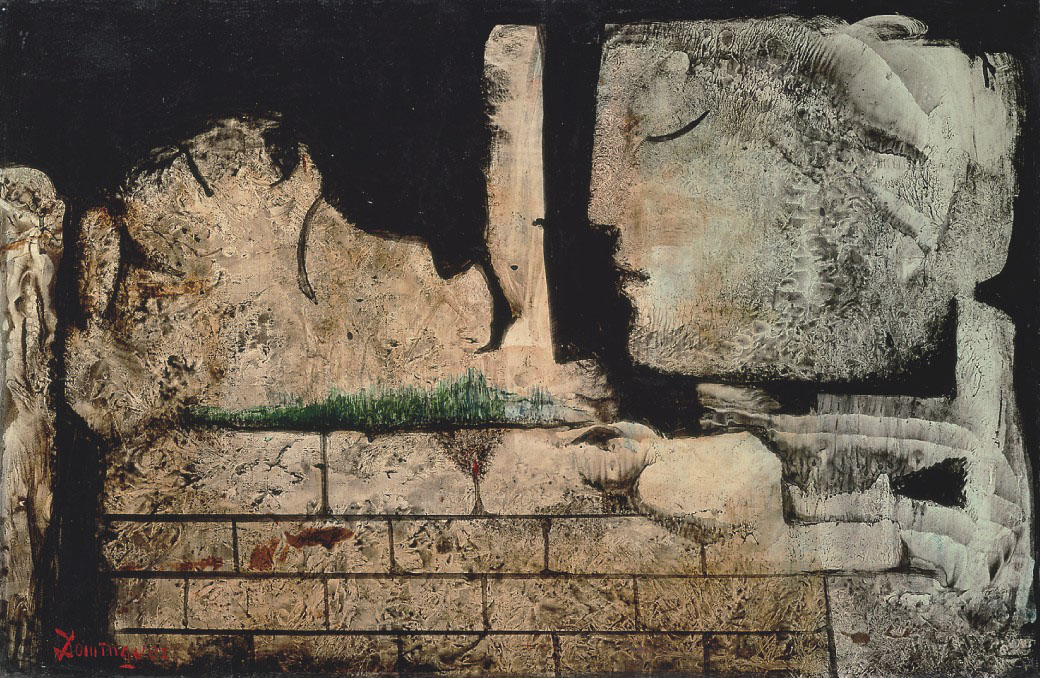Part of the reason for the success of Surrealism in the 1920s and '30s was its sexual dimension. This element, covered over by a veneer of respectable intellectualism, had a powerful attraction at a time when sexuality was much more circumscribed by social morality than it is today. Although many Surrealist artworks are not sexual, one of the things that defined the movement was its general atmosphere of eroticism and amoral liberation.
In view of this, it is interesting that the Sompo Japan Museum of Art has chosen to slant their exhibition of Surrealist art in the direction of children. "Jeux Surrealisme: An encounter that changes people's lives" brings together around 200 surrealist works that the organizers claim promote an atmosphere of child-friendly play.
"At this exhibition," the museum website says, "we have focused the spotlight on the 'play' factor in surrealism, marked by innovation and light-heartedness."

















With your current subscription plan you can comment on stories. However, before writing your first comment, please create a display name in the Profile section of your subscriber account page.